Komodo island, Indonesia
Indonesia is the largest archipelago in the world measuring 5,120 x 1,760 km. According to various accounts, it consists of around 13,000 — 17,000 islands with only 9,000 of them having names. And only certain of them are known around the world: the islands of Java, Bali, Kalimantan (Borneo), Sumatra and Komodo. Lets have a journey to several of them!
Bali has a unique geographical location. It is bounded on the south by the Indian Ocean, to the north by the Bali Sea belonging to the Pacific Ocean. There are beaches, volcanoes, flora represented by four types of forest, banana plants that are considered sacred. Among multiple representatives of the local fauna, there is the unique species of a cave crab named Karstama balicum and included in the IUCN Red List.

Indonesia is also known for another unique animal, the Komodo dragon. If you have a look at the map, you will see that the distance between Bali and Komodo is 400 km as the crow flies. But being divided by the sea and other islands of the archipelago, the travel distance will be different.
As a rule, people travel the following way: first, they have to take an airplane from Bali to the island of Flores (1.5 — 2 hours), then take a boat. The one-way trip will last around 4-5 hours.

The other way is to hire a yacht and enjoy beautiful seascape every moment of the trip provided the favourable weather conditions. AirPano team did so and our virtual tour will let you do the same and experience a unique sea adventure.

On our way, we stopped over on a small volcanic island Satonda. It was formed around 3,000 years ago resulted by the eruption of the volcano. The waters of the island possess magnificent coral reefs and together with the neighbouring islands, it forms a national marine park.
In the centre of the island, there is a salt lake with the saline concentration being higher than seawater. This water is believed to be originated in the ancient volcanic rocks dated 10,000 years old.

Finally, we reached Komodo. This island is not among the largest islands of the country (New Guinea is the largest island of Indonesia) but it is famous for its outstanding nature.
The last one is not among the largest islands of the country (New Guinea is the largest island of Indonesia) but it is famous for its outstanding nature.
The surface area of Komodo covers 390 km2; a little over 2,000 people inhabit this island. Since the middle of the 19th century and till the beginning of the 20th century, the neighbouring island of Flores had been under the rule of the Netherlands. But the first European people set their feet on Komodo only in 1910.
Having passed Komodo by, Dutch sailors returned to Flores with the stories about "living dragons". They saw them on the coast but did not attempt to approach as these creatures were "seven meters long and breathed fire". Hearing the reports, the head of the colony Lieutenant Steyn van Hensbroek accompanied by a team of armed soldiers decided to explore Komodo.
The expedition managed to kill one of the creatures that were taken for dragons. The lizard that was later named the Komodo dragon (or the Komodo monitor) was carefully studied on Java Island. These records are the first documentary evidence of this species. Realizing the significance of the dragons on Komodo Island as an endangered species, the Dutch government issued a regulation on the protection of the lizards on Komodo Island in 1915.

The world's largest living species of lizard grows up to 3 meters long weighing up to 90 kg. Komodo dragons feed with different species of animals ranging from rats to horses. The lizard awaits a prey in an ambush, knocks it over by its mighty long tail and eats it by tearing large chunks of flesh. However, the lizard appeared not to breathe with fire as it was believed by Dutch sailors.

Even though these lizards now inhabit several other Indonesian islands, Komodo Island is most notable as the habitat of this species. In 1980, Komodo National Park was founded to protect Komodo dragon populations. In addition to watching the ancient lizard in this park, tourists can also enjoy the beauty of nature.
Komodo is also famous for a unique pink beach, one of only seven in the world. The sand appears pink because of pieces of shells of Foraminifera, amoeboid protists.

In 1991, Komodo National Park was listed as a UNESCO World Heritage Site for having a unique ecosystem and landscape formed by the combination of climate and geographical location. Bright turquoise water stands in contrast with brownish hills and savanna with a volcano as a highlight of the whole landscape. The local coral reef is a habitat for a huge number of fish that attract turtles, whales, dolphins and dugongs.

Sad news for nature and travel lovers is that the Indonesian Government is considering a plan to close Komodo Island to tourism to preserve the local flora and fauna. There are a lot of opponents of the idea, in particular, local people who would become unemployed. Objecting to the closure of the island, people suggest the introduction of entering fees that would limit the number of visitors.
Either way, AirPano will make it possible to visit this corner of the Earth at any time!
Photos by Oleg Gaponyuk
27 November 2019
Read more
Photogallery Setting sun
Setting sun
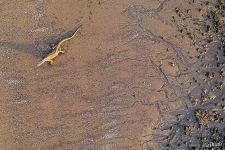 Komodo
Komodo
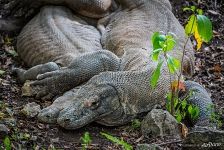 Couple of komodo dragons
Couple of komodo dragons
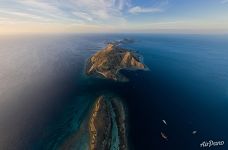 Lawadarat Island
Lawadarat Island
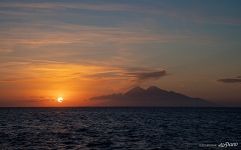 Sangeang volcano at sunset
Sangeang volcano at sunset
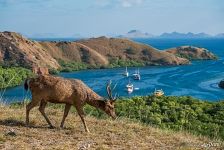 Deer
Deer
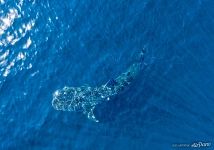 Komodo
Komodo
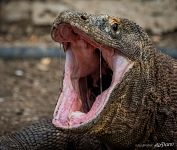 Komodo dragon
Komodo dragon
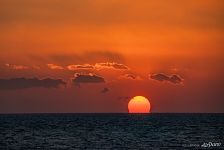 The sun sets in Indonesia
The sun sets in Indonesia
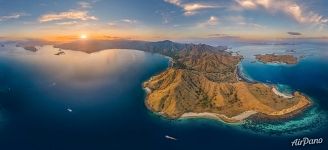 Komodo Island, Masangga Bay
Komodo Island, Masangga Bay
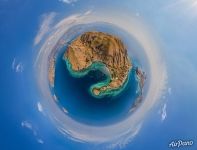 Lawadarat Island. Planeta
Lawadarat Island. Planeta
 Port Serangan. Planet
Port Serangan. Planet

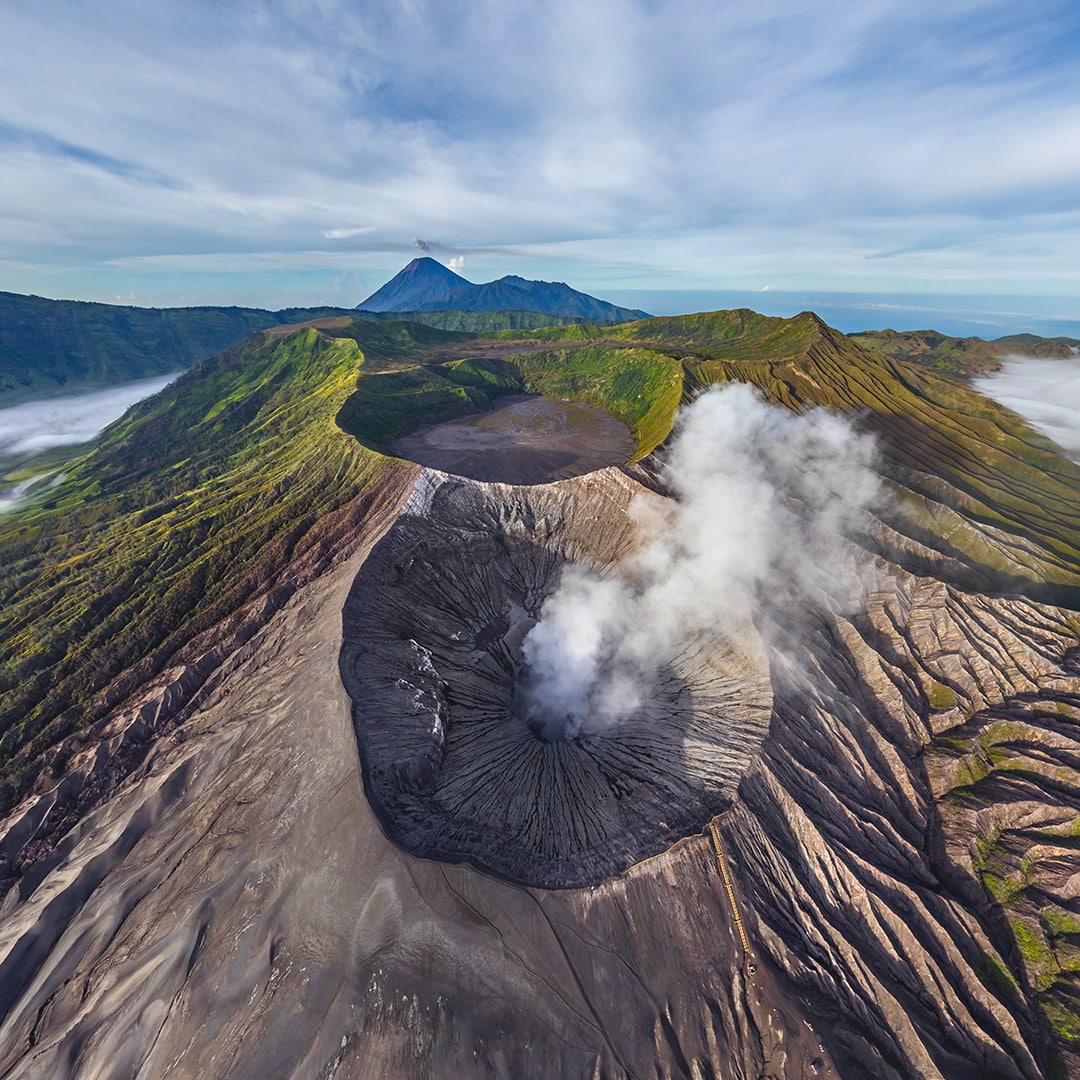

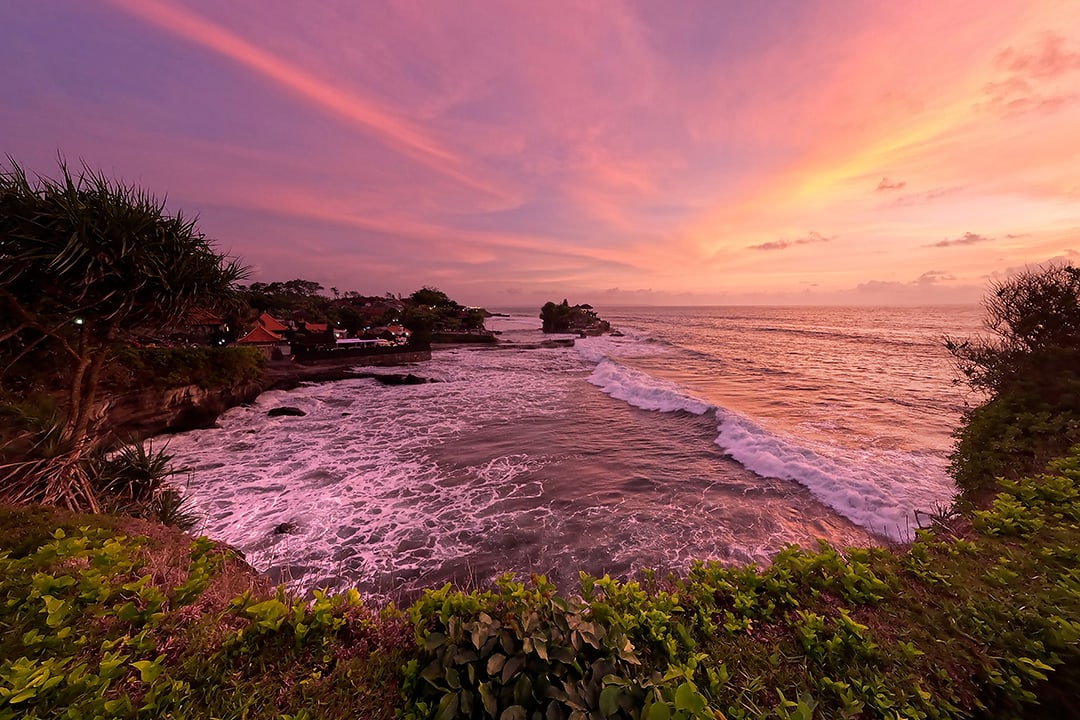

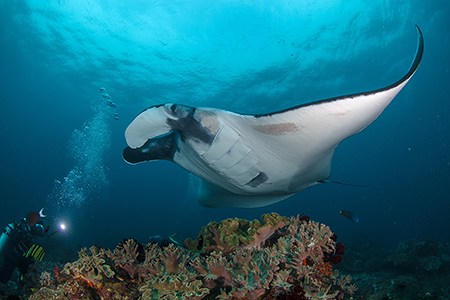



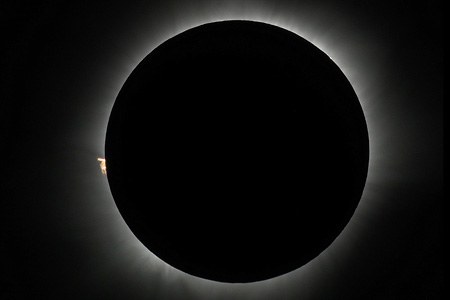

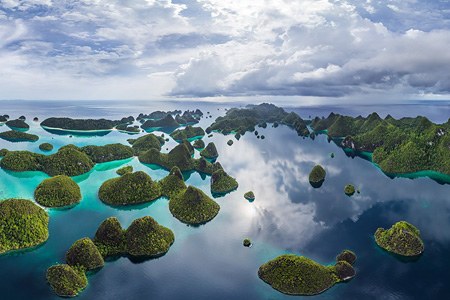
Virtual Travels in 360°
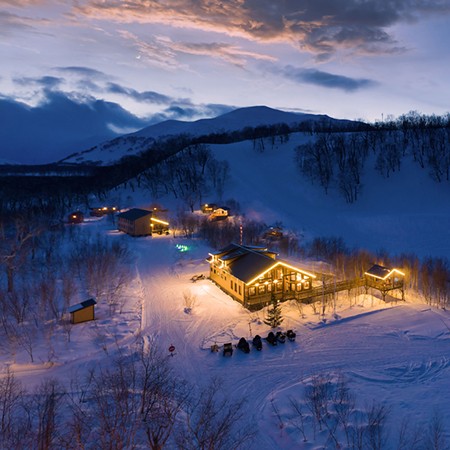 Snow Valley, Kamchatka, Russia
Snow Valley, Kamchatka, Russia
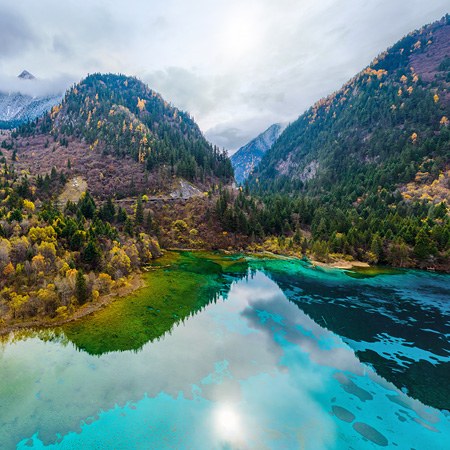 National Park Jiuzhaigou, China
National Park Jiuzhaigou, China
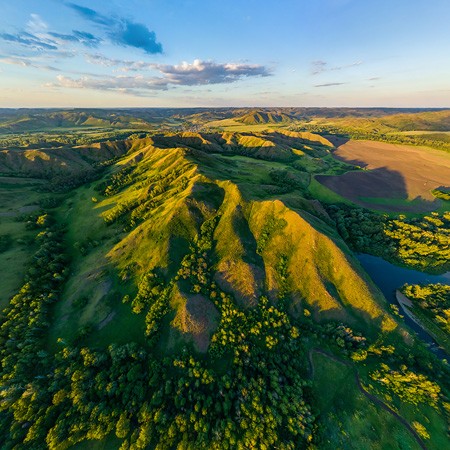 Shaytan-Tau Nature Reserve, Russia
Shaytan-Tau Nature Reserve, Russia
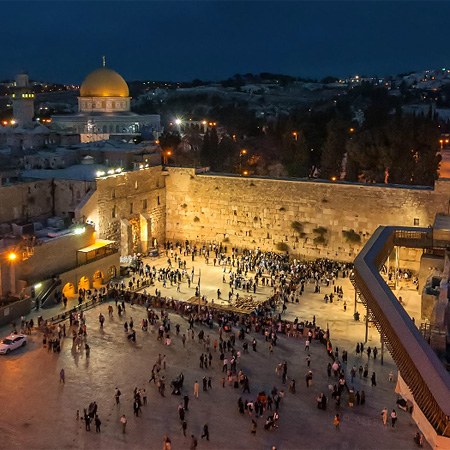 Holy places of Jerusalem, Israel
Holy places of Jerusalem, Israel
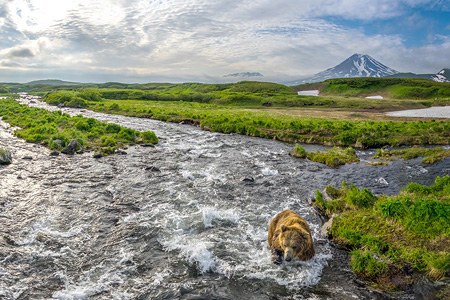 Kambalnaya River. Part IV
Kambalnaya River. Part IV
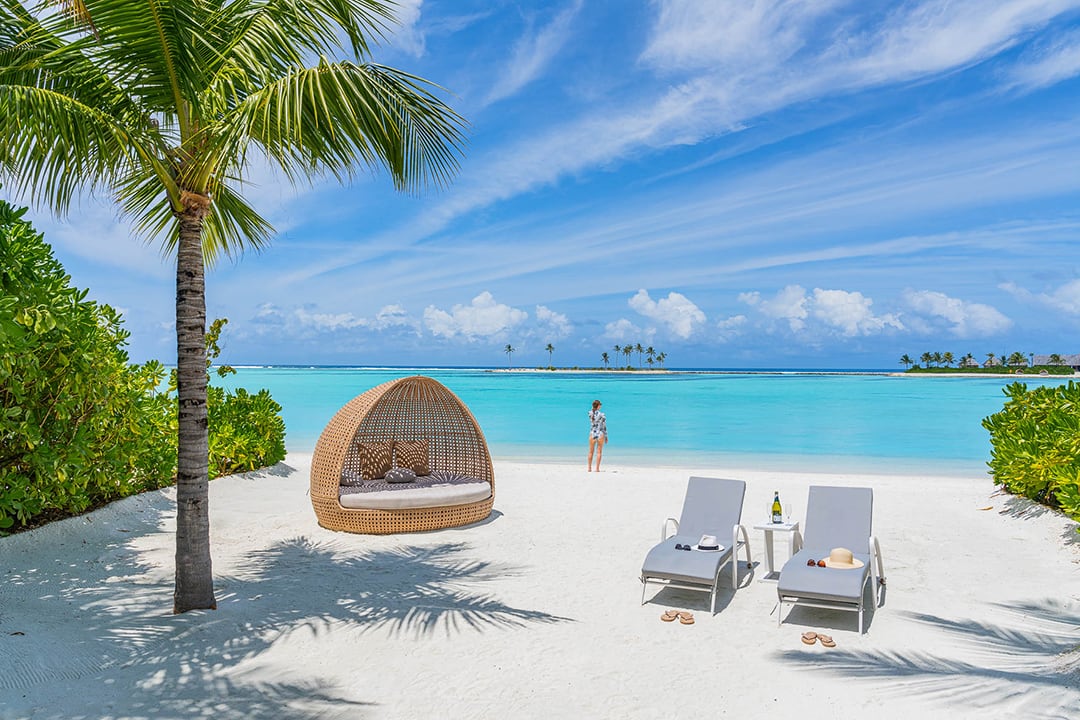 Maldivian Paradise, Tropical Beach Relaxation
Maldivian Paradise, Tropical Beach Relaxation
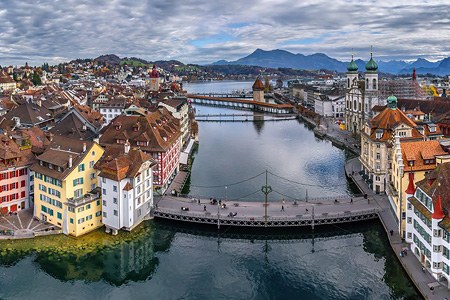 Lucerne, Switzerland. Part I
Lucerne, Switzerland. Part I
 Natural Wonders in Bali. Relaxation VR video in 16K
Natural Wonders in Bali. Relaxation VR video in 16K
Show more


